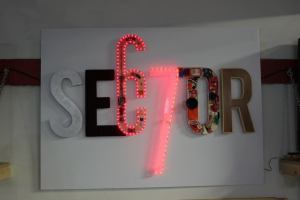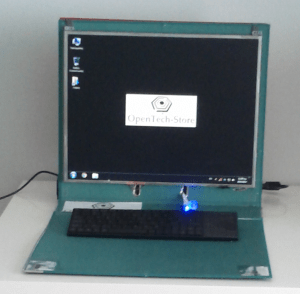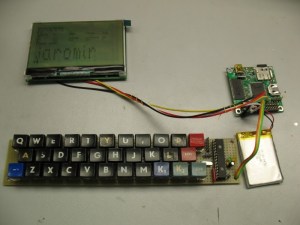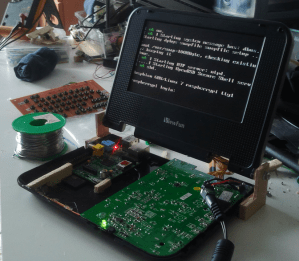The latest hardware project from [Bunnie] is the Novena, a truly open source laptop where nearly every part has non-NDA’d datasheets. This is the ideal laptop for hardware hacking – it has an FPGA right on the motherboard, a ton of pin headers, and a lot of extras that make interfacing with the outside world easy.
While the crowdfunding campaign for the Novena included a completely custom laptop, it was terribly expensive. That’s okay; it’s an heirloom laptop, and this is a DIY laptop anyway. With the Novena now shipping, it’s time for people to build their laptops. [Ben Heck] is the first person to throw his hat into the ring with his own build of the Novena laptop, and it’s fantastic.
The second video of the build was dedicated to what is arguably the most important part of any laptop: the keyboard. For the keyboard, [Ben Heck] went all out. It’s a completely mechanical keyboard, with backlit LEDs built around the Phantom PCB with Cherry MX switches. Because this is a DIY laptop and something that is meant to be opened, the keyboard is completely removable. Think of something like the original Compaq luggable, but turned into a laptop that looks reasonably modern.
The laptop enclosure was constructed out of a sandwich of an aluminum and laser cut plastic. These layers were glued and screwed together, the parts were carefully mounted into the case. The USB keyboard was attached directly to one of the chips on the motherboard with a few flying wires and hot glue.
The finished build is fantastic, even if it is a bit thick. It’s the ultimate hacker’s laptop, with an FPGA, Linux, open source everything, and even a cute little secret compartment for storing tools and cable adapters. A great build from one of the best builders around.

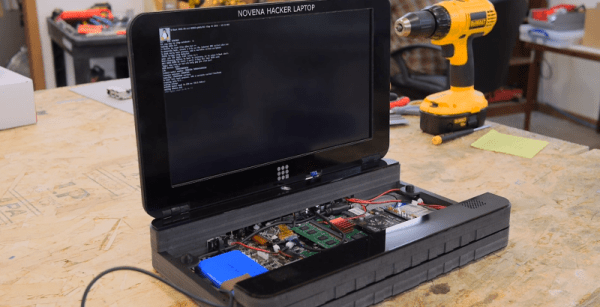

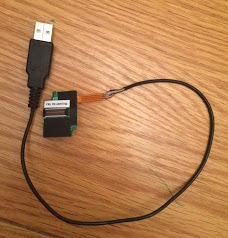 He found a cheap replacement fingerprint scanner on hacker’s heaven, also known as eBay. It had four wires attached to a 16 pin connector. Investigation on the scanner end showed the outer pair were power and ground which made [Serge] suspect it was a USB device. Wiring up a USB connector and trying it the device was recognized but with a lot of errors. He swapped the signal lines and everything was perfect. He had sudo at his finger tip.
He found a cheap replacement fingerprint scanner on hacker’s heaven, also known as eBay. It had four wires attached to a 16 pin connector. Investigation on the scanner end showed the outer pair were power and ground which made [Serge] suspect it was a USB device. Wiring up a USB connector and trying it the device was recognized but with a lot of errors. He swapped the signal lines and everything was perfect. He had sudo at his finger tip.

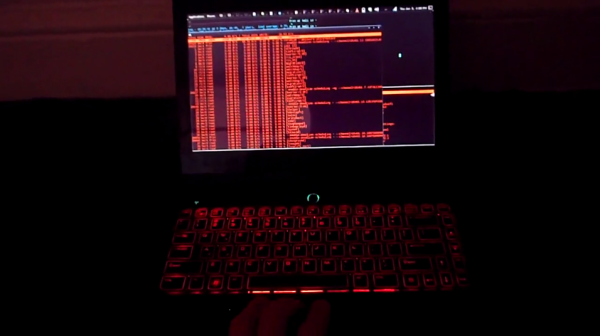
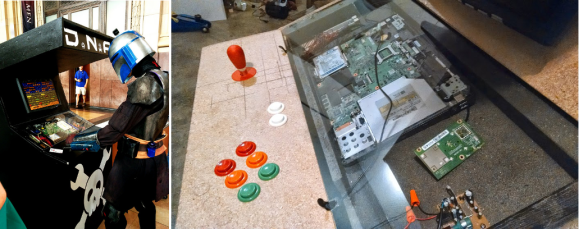 We’re pretty fond of home-built arcade cabinets, especially when those cabinets feature a giant HaD logo on the front. We teased you with a picture of two predators playing it at Maker Faire Kansas City, and we thought you might like to
We’re pretty fond of home-built arcade cabinets, especially when those cabinets feature a giant HaD logo on the front. We teased you with a picture of two predators playing it at Maker Faire Kansas City, and we thought you might like to 
